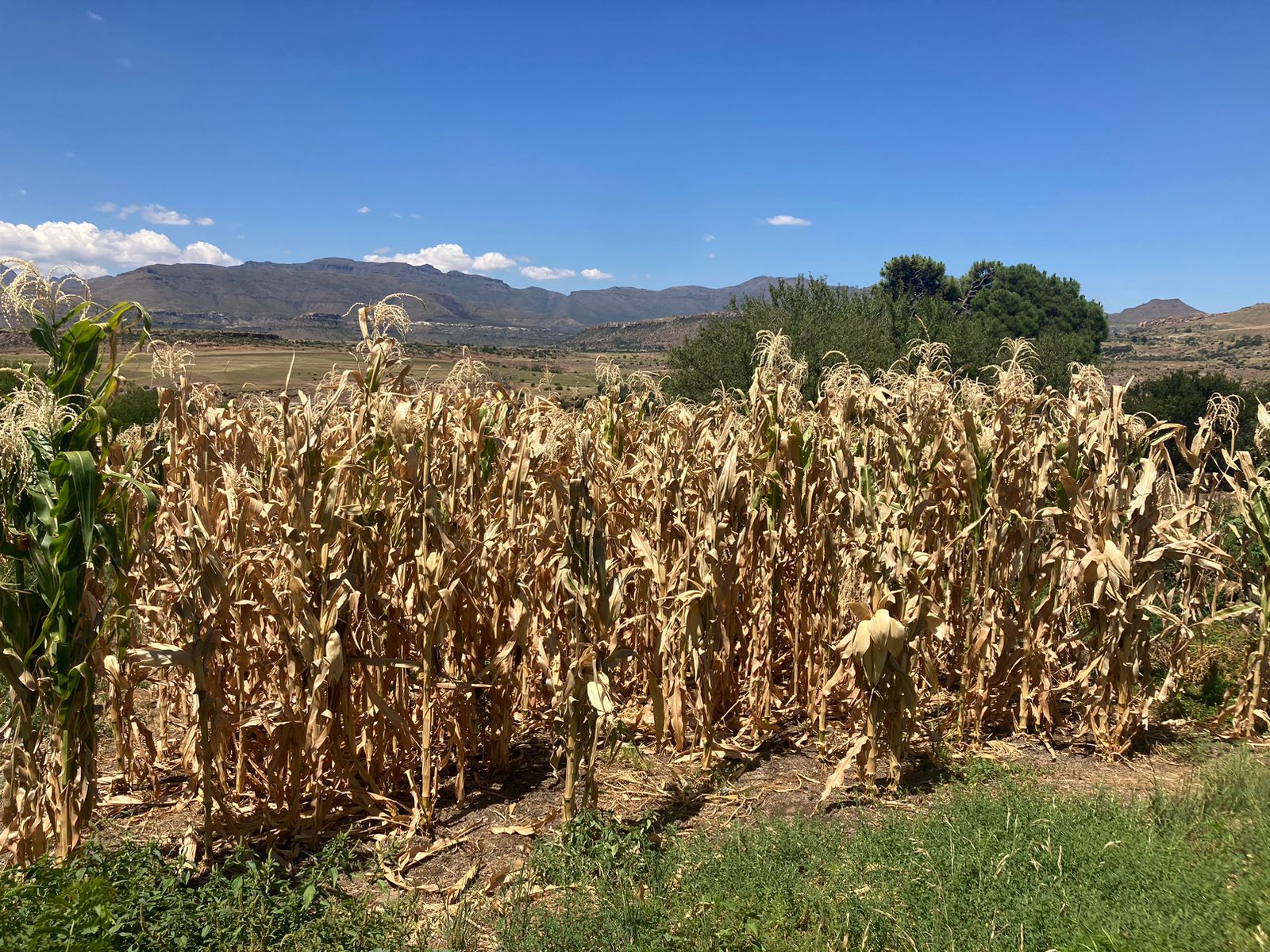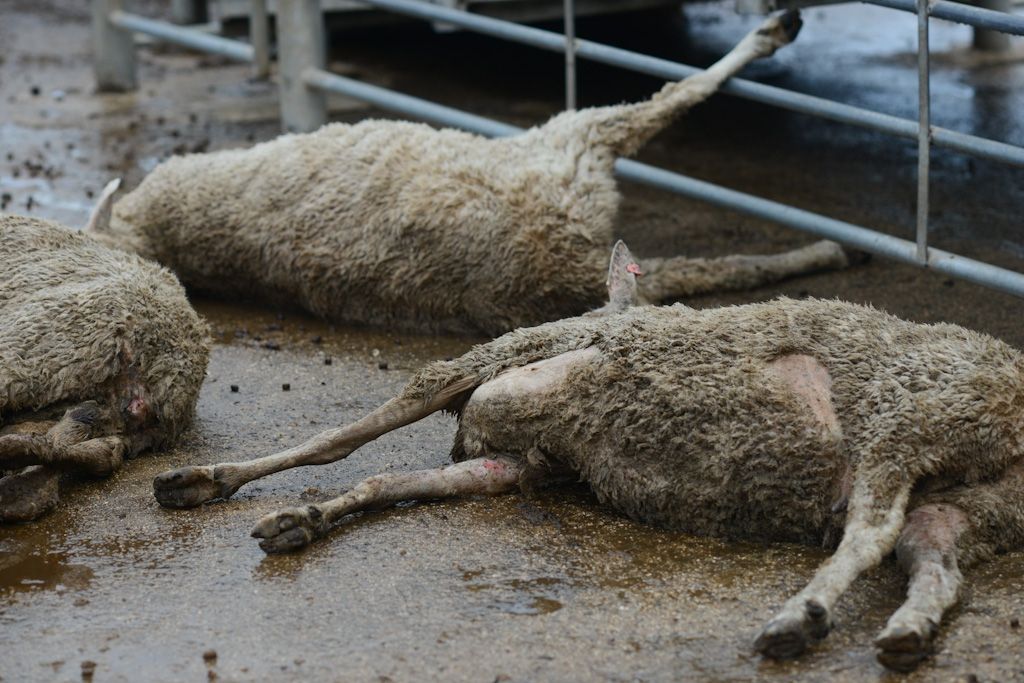Lehlohonolo Motšoari
Lesotho is bracing for yet another season of unpredictable weather as forecasts predict below-normal rainfall and above-average temperatures for large parts of the country from October 2024 to March 2025.
According to a press statement by the Lesotho Meteorological Services (LMS) on Wednesday, reviewing the October 2023 to June 2024 season, the previous period was marked by inconsistent rainfall patterns and extreme weather, with severe implications for the environment, agriculture, and rural communities.
The 2023/2024 rainy season began in mid-October, with October to December bringing mostly normal to above-normal rainfall.
However, a significant drop in rainfall was recorded during the main rainfall period from December to February, a critical time for agriculture.
“High temperatures were observed during the first week of October and towards the end of November,” Minister of Environment and Forestry, Letsema Adontši the statement noted.
The situation worsened from January to March 2024, with “relatively dry conditions” and scorching heat, particularly in February and March.
Looking ahead, the weather outlook for the upcoming months paints a bleak picture.
The majority of the country is expected to experience below-normal rainfall from October to December 2024, with only the southwestern and extreme northern regions forecast to receive normal to above-normal rainfall during this period.
Despite the poor start to the rainy season, predictions for November 2024 to January 2025 indicate “above normal rainfall conditions” across much of the country.
However, the overall trend points to fluctuating weather patterns, with certain regions facing drought risks while others may see excessive rainfall. December 2024 to February 2025 is expected to bring “a wetter likelihood of above normal rains,” while January to March 2025 will see mostly normal to above-normal rainfall, except for the eastern parts, which are predicted to receive below-normal rainfall.
As temperatures continue to rise, the country is also bracing for the onset of flash floods, thunderstorms, hailstorms, and strong winds, which are common during the summer season.
“It is important to note that during the summer season, flash floods, thunderstorms, hailstorms, and strong winds are dominant and may lead to damage to property and crops,” Adontši warned.
The delayed start of the rainy season, anticipated from the second week of November 2024, adds to the growing concerns for the country’s rangelands and agricultural output.
The prolonged dry conditions have already led to increased incidents of wildfires, which have devastated communities.
“We have encountered direct impacts of wildfires to different community members this year, including the burning of livestock, people, houses, crop fields, electricity poles, and at least one car,” Adontši revealed.
He also highlighted the detrimental environmental effects of “unprescribed burning” during these dry periods, which exacerbates soil erosion and wetland degradation, reducing water availability in streams, wells, and dams.
It also contributes to climate change by releasing stored carbon into the atmosphere. “Rangelands face a major concern of unprescribed burning,” he warned, calling for immediate action to prevent further damage.
“I, therefore, make an urgent plea to those burning the rangelands to stop immediately,” the minister concluded, underscoring the severity of the crisis as Lesotho faces another challenging weather season.
Summary
- According to a press statement by the Lesotho Meteorological Services (LMS) on Wednesday, reviewing the October 2023 to June 2024 season, the previous period was marked by inconsistent rainfall patterns and extreme weather, with severe implications for the environment, agriculture, and rural communities.
- The majority of the country is expected to experience below-normal rainfall from October to December 2024, with only the southwestern and extreme northern regions forecast to receive normal to above-normal rainfall during this period.
- December 2024 to February 2025 is expected to bring “a wetter likelihood of above normal rains,” while January to March 2025 will see mostly normal to above-normal rainfall, except for the eastern parts, which are predicted to receive below-normal rainfall.

Your Trusted Source for News and Insights in Lesotho!
At Newsday Media, we are passionate about delivering accurate, timely, and engaging news and multimedia content to our diverse audience. Founded with the vision of revolutionizing the media landscape in Lesotho, we have grown into a leading hybrid media company that blends traditional journalism with innovative digital platforms.








